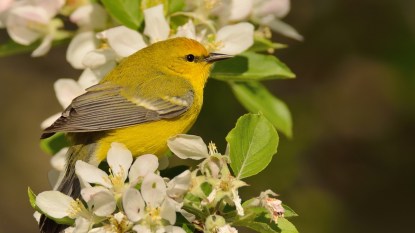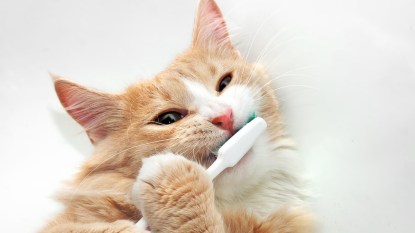The Best Time to Go to the Zoo According to Zookeepers + Super-Cute Webcams to Watch From Home
VIDEO: If you can't make it to the zoo, see your favorite animals in action below!
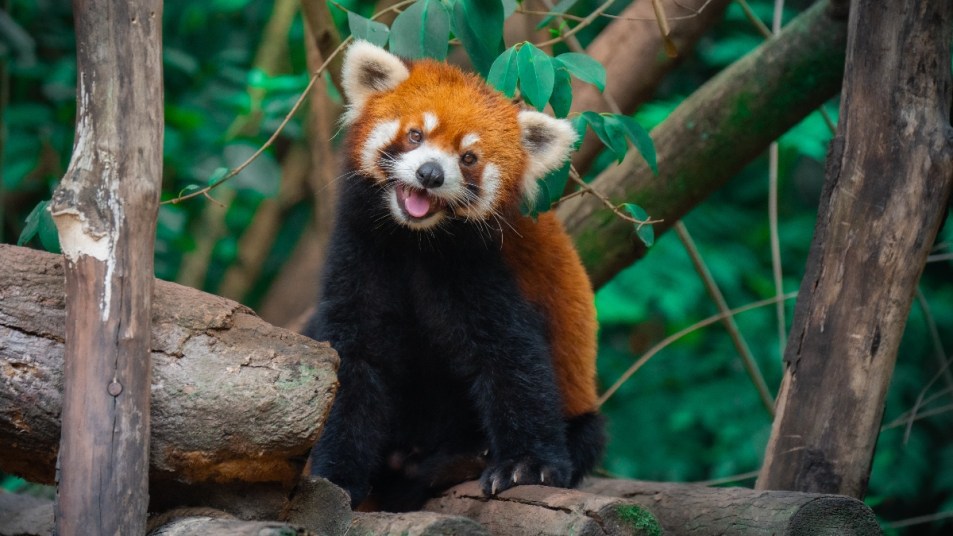
Lions and tigers and bears – oh my! A trip to the zoo can be a fun experience for people of all ages. Not only is it a great way to see species from around the world, but it gives you a chance to learn about the animals, as well. As enjoyable as a visit can be, however, it’s not uncommon to find that yourself observing sleepy animals or not being able to spot them in their exhibit at all. Wondering about the best time to go to the zoo? It depends on what you want to see! Keep reading for recommendations from zoo experts about when to visit popular animal exhibits, plus live cams so you can enjoy the adorable right at home.
The best seasons to go to the zoo
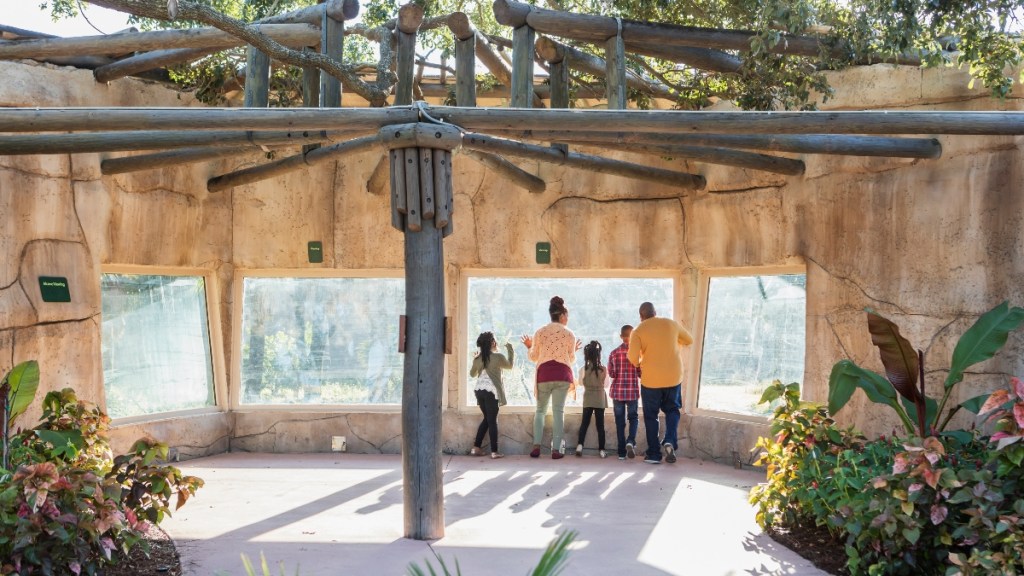
The zoo is amazing all year-round, but you’ll see different things during certain seasons. Read on for the details:
What to expect at the zoo in the spring
Planning your visit for the spring certainly has its perks. One great reason to go at this time? “Zoo babies!” says Denise DePaolo of the Great Plains Zoo in Sioux Falls, South Dakota. “Each spring, you never know who you’re going to meet at the zoo. From baby monkeys and bongos to ducklings and goats in the farmyard, every visit is exciting as these new additions acclimate to the world around them.”
Even if your zoo doesn’t have any new bundles of joy, there’s plenty to see in the spring. “Animals that are sensitive to the cold will emerge from the barns where they lived all winter,” shares Mike Evitts of the Maryland Zoo in Baltimore. “It’s fun to watch them get reacquainted with the outdoor spaces. Other animals, like our grizzly bears, snakes and turtles, will be waking up from their winter torpor after months of inactivity.”
You may also have a chance to admire even more natural beauty. Springtime means beautiful blooms and flowering trees that can make the landscaping at a zoo even more impressive!
What to expect at the zoo in the winter
Winter may not seem like a prime time to plan your visit, but it’s something experts say you may want to consider. “Many of the animals are more active in cooler temperatures and there are fewer crowds,” notes Cynthia Mead, executive vice president of external affairs for Zoo New England in Boston.
Other benefits: Many zoos host holiday light displays and other seasonal activities and events in the days after Christmas. Plus, you’ll often find that admission is cheaper (sometimes half the cost) in colder months. And if you get chilly, head inside to check out the tropical exhibits!
How to enhance a zoo experience
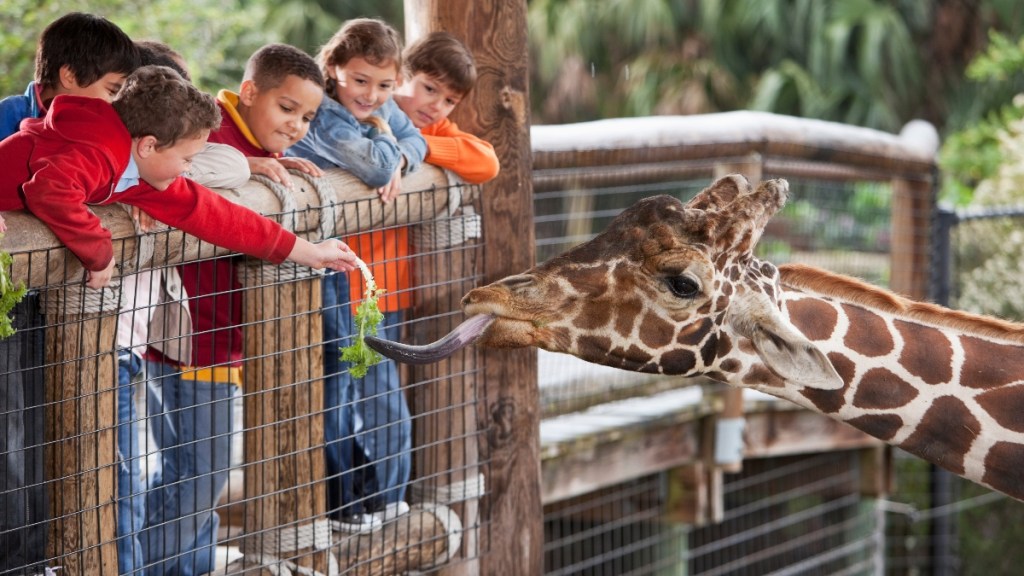
Looking to make your zoo visit even more memorable? Watching your favorite animals chow down on breakfast or lunch! “Many zoos have consistent public feeding times and will post the schedules on the website and social media so you can plan your day around animal feedings,” notes Debbie Fuchs of the North Carolina Zoo in Asheboro, where visitors can feed the giraffes between 10 am and 2 pm.
No matter what zoo you visit, arrive early for popular feedings — crowds tend to gather to catch a glimpse of seals, sea lions, gorillas and chimpanzees, in particular. And be sure to have your camera ready.
“During feeding time, you have better opportunities for photographs, as the animals may be closer to the guests’ view from the habitat or engaging with their keepers in some sort of training,” adds Fuchs. “Mealtime is also a good chance to see nocturnal animals like vampire bats and sand cats.”
Another great way to see nocturnal animals: Consider booking a twilight or sunset tour if one is offered. “Many guests are gone, everything quiets down and the animals are active in a different way,” says Dr. Jan Ramer, senior vice president of animal care and conservation for the Columbus Zoo and Aquarium.
Even if you don’t participate in a special activity, you can still enhance your experience by asking zoo team members questions about any animals that interest you. “Animal care professionals are deeply passionate about their work, and they’re highly knowledgeable about everything from animal behaviors to their diets,” explains DePaolo. You may find that your zoo offers “keeper chats” at various times for this specific reason.
Related: Jobs Working With Animals: How to Turn Your Love for Cats and Dogs Into Extra Cash
The best time to see zoo favorites
Below you’ll find insider tips for catching a glimpse of some of the most popular zoo critters. No trip to the zoo planned? These adorable videos will make you feel like you’re right there!.
Orangutans
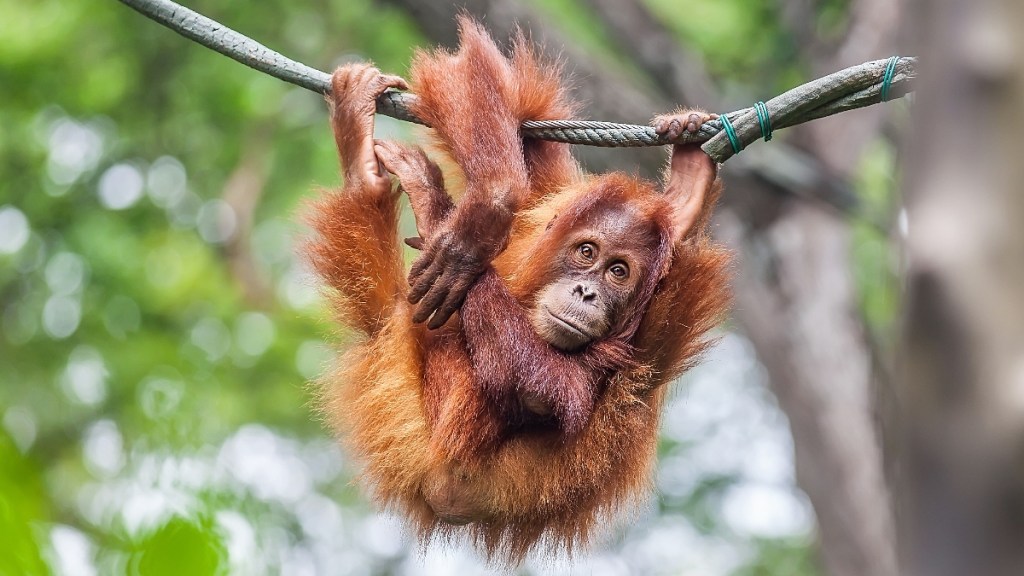
Next time you visit the zoo, swing by the orangutan exhibit for some entertainment! The trick to catching the animals at their best? Be patient, suggests Rick Schwartz, ambassador for San Diego Zoo Global.
“Many people see the orangutans in the trees relaxing, so they move on. But if you stay, you may see them engage with their environment and one another quite a lot,” he says. “And if you’re fortunate enough, you may even catch the younger ones playing!”
Web cam to watch:
Red pandas
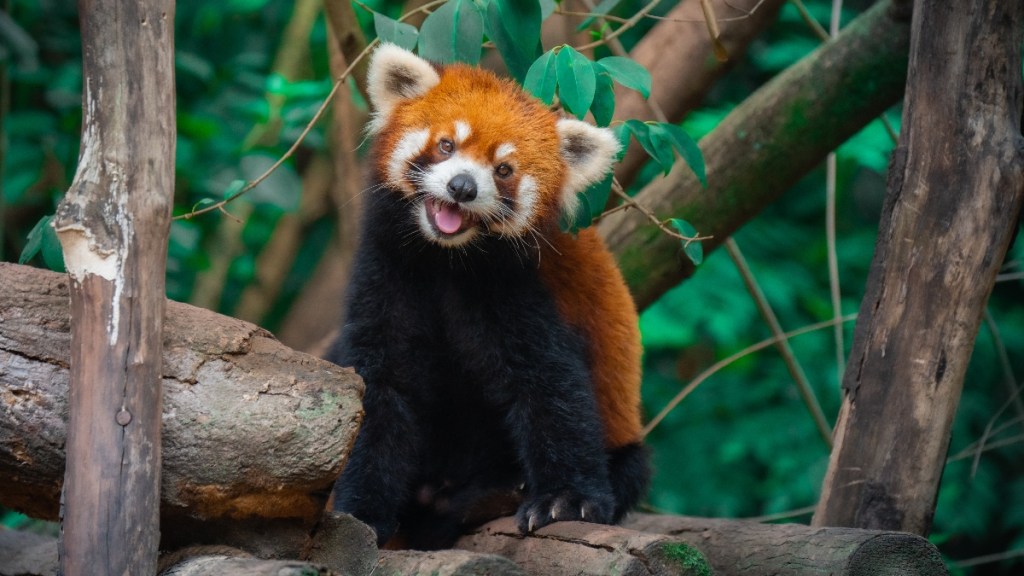
Watch these furballs (who are believed to be closely related to racoons and weasels) in action! If you’re making a trip to the zoo to see them, Gregg Dancho, zoo director at Connecticut’s Beardsley Zoo, suggests stopping by in the morning or afternoon.
“That’s when they’re most active because it’s when they forage.” You might also get lucky enough to catch a public feeding. “It’s fun to watch them eat bamboo — they’re really delicate in how they do it,” adds Dancho.
Web cam to watch:
Lions
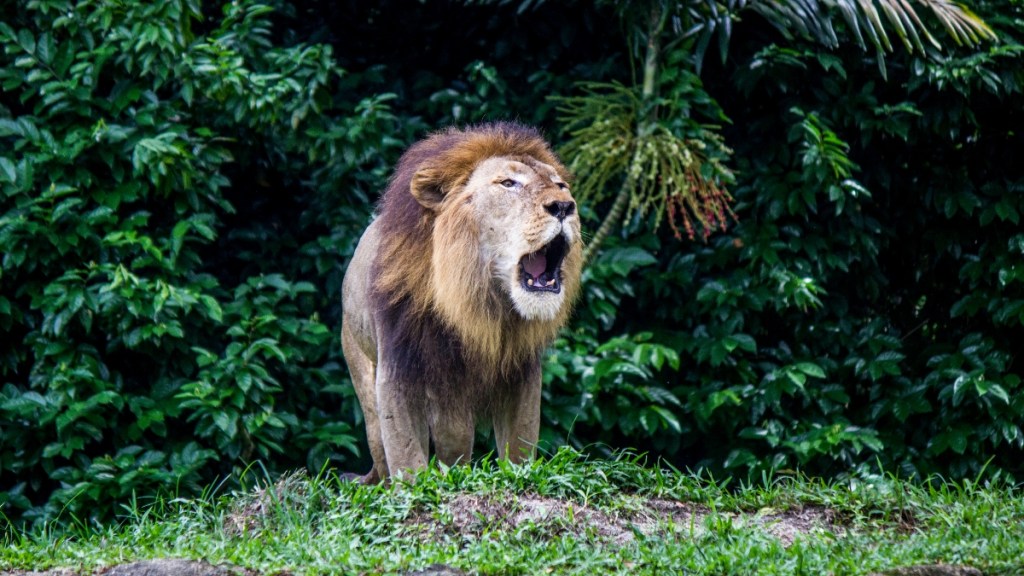
“Lions are an excellent animal to observe because of their impressive and majestic nature,” says Amy Botke, a lion keeper at the Maryland Zoo. “Plus, it’s something when they roar! Their vocalizations can be heard for up to five miles.”
Like domestic cats, however, these felines are fans of lazy days. In fact, male lions can sleep up to 18 to 20 hours a day. So if you’re hoping to catch them exploring instead of napping, visit them early. “They become less active as the heat of the day settles in during the afternoon,” she says.
Web cam to watch:
Koalas
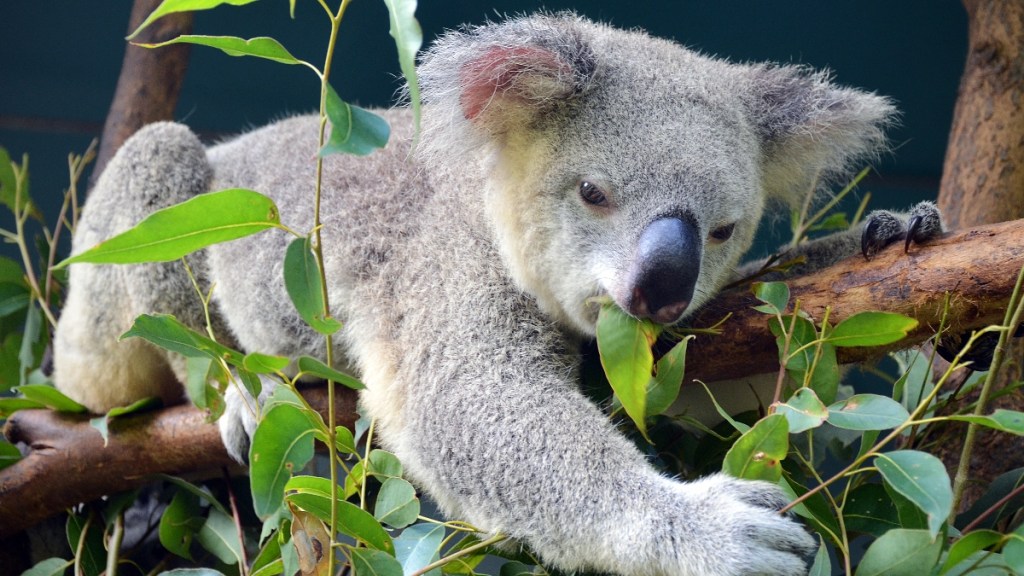
These cuddly looking marsupials are a favorite for many! Unfortunately, they’re known to sleep as uch as 20 hours a day, which means it can tough to spot them doing more than just snoozing in a tree.
For that reason, keepers suggest making a a morning visit to see the adorable koalas at your zoo. “It can be a good time because their eucalyptus for the day has just been put out,” says Ramer.
See cute koalas get their weights checked at the Australia Zoo:
Polar bears
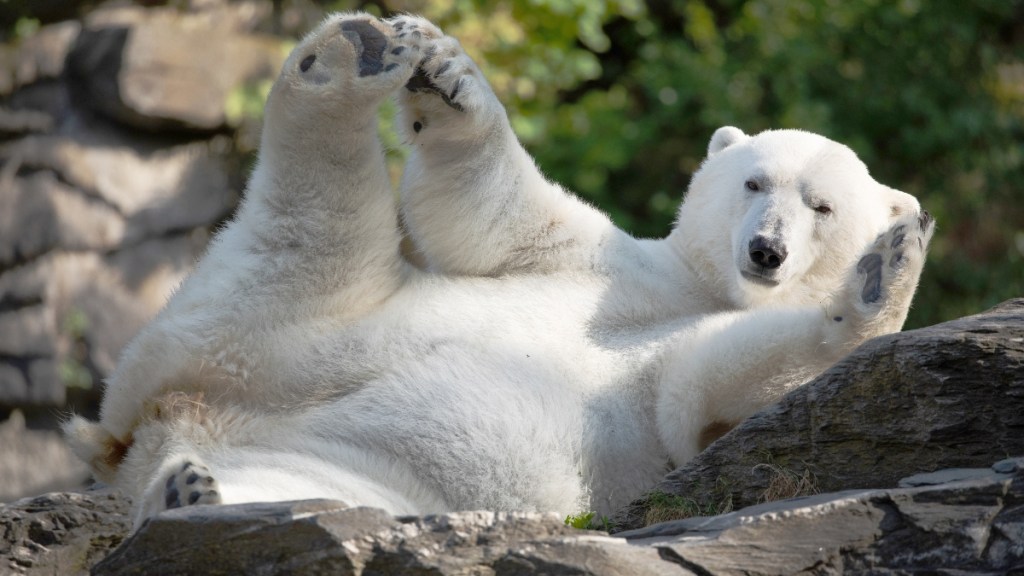
A fantastic reason to see these huge arctic bears: “They love to play, and in the morning, they’re pretty active,” says Georgia Eckett, animal care manager for the polar bears at the Kansas City Zoo. Their bear, Nuniq, loves playing with a 55-gallon drum and swimming in his pool. “He’s kind of like a big puppy!”
Web cam to watch:
Tigers
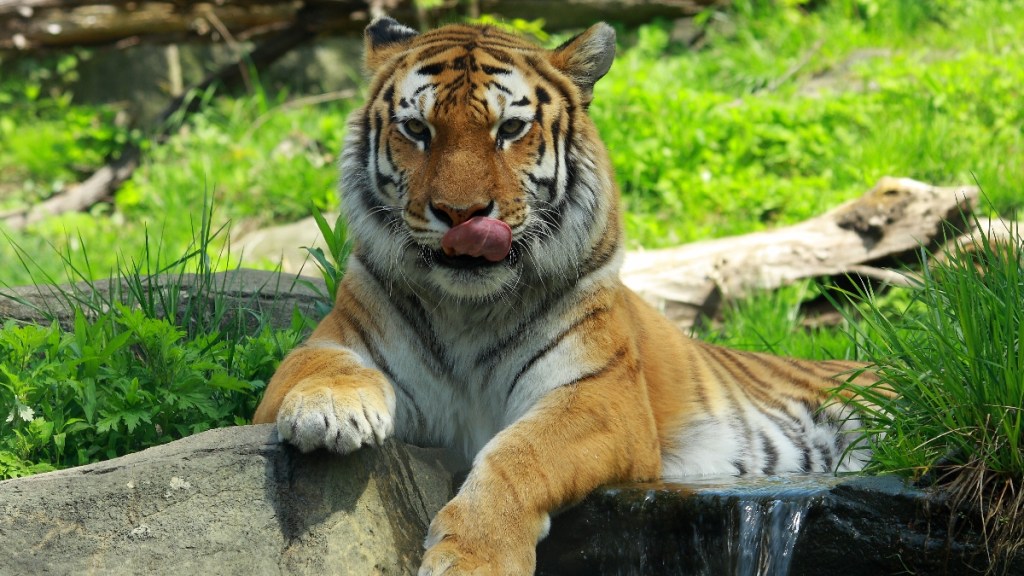
Enjoy some big cat cuteness when you check out a tiger exhibit at the zoo! The best time to see them? “Tigers are most active in the early morning and the evening,” says Miranda Leers, a wildlife care specialist at the San Diego Zoo Safari Park.
You might get lucky enough to catch them taking a dip in their pools or communicating by “long calling,” a deep roar tigers use to locate one another. The rest of the time, they like to snooze.
Web cam to watch:
Otters
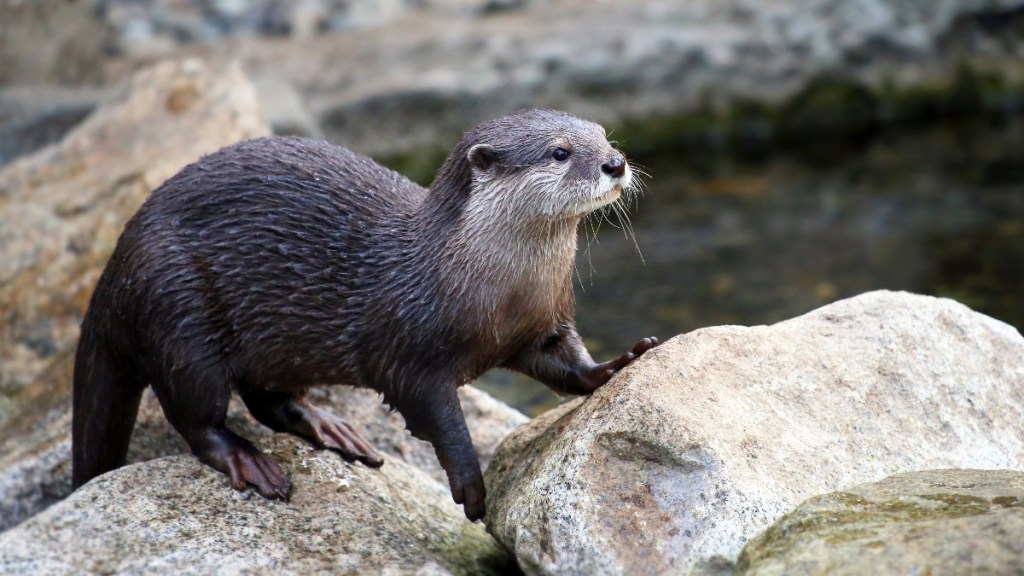
Get your daily dose of adorable by watching energetic otters! Your best time to see them at a zoo or aquarium is in the evening, says Amanda Reeves, training coordinator at the Tennessee Aquarium.
“Otters are crepuscular, which means they’re most active around sunrise and sunset,” she explains. “Many people might be surprised by how rambunctious otters are. They scamper around the exhibit and tussle like puppies.”
Web cam to watch:
A version of this article originally appeared in our print magazine, Woman’s World.
For more animal fun, keep reading!
Bunny Facts: 10 Fascinating Things You May Not Have Known About the Cute Critters
5 Fun Ways to Spoil Your Pup — for Pennies!
Maine Coon Characteristics: What Makes These Majestically Fluffy Cats So Special, According to a Vet


